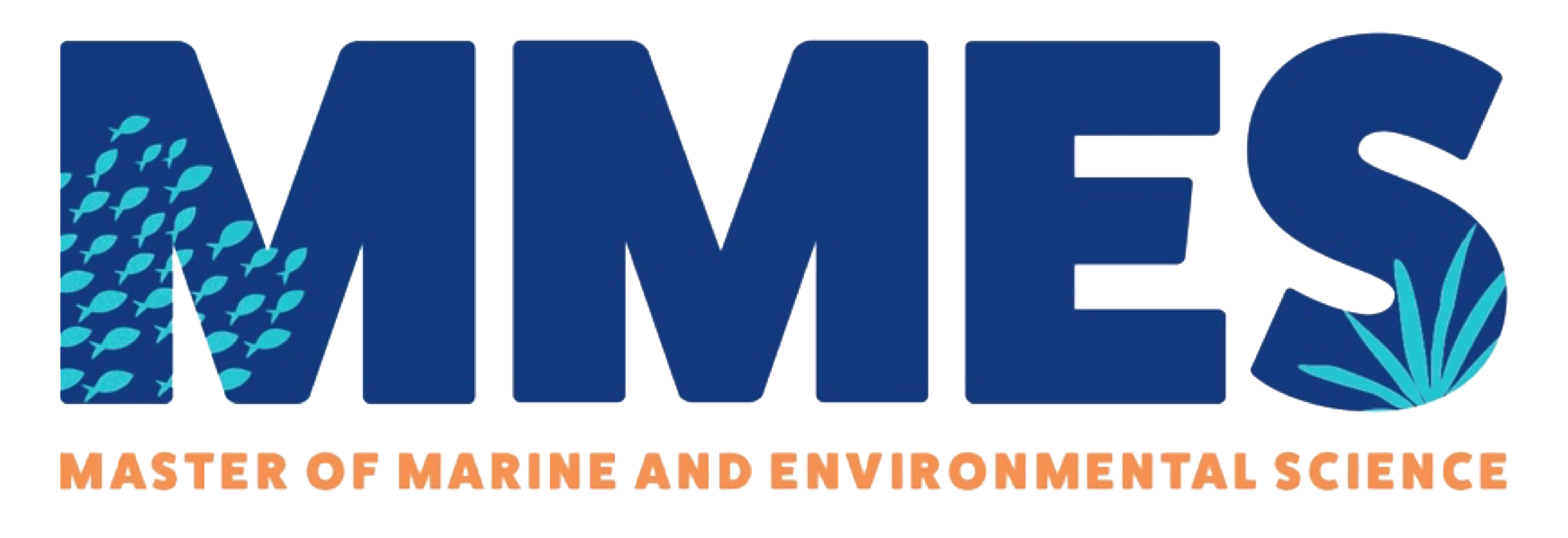Introduction

Welcome back! This week, we’ll get into descriptive statistics and data visualization techniques, and learn how to make pivot tables to build on the Excel skills you developed last week.
Lab Presentation
Download this week’s presentation: Week 2 PowerPoint
In-Lab Schedule
- Quiz 1 (First 15-20 minutes - available on Brightspace)
- Review of Activity 1 from last week
- Review of Activity 2 from last week
- Presentation: descriptive statistics and data visualization
- Pivot table demonstration - using data from last week’s activity 2
- Work on Assignment 1 (Due 10 AM Sept 4, worth 8 points)
Self review “quizzes” in the lab manual
Each section in this week’s lab manual ends with a short quiz. These quizzes are for self-review only and are not graded. I cannot see who completed these quizzes, when they were taken, or how many attempts were made. They’re solely for your benefit1
Research supports the effectiveness of diagnostic check-ins and gamification in enhancing student learning and performance. Regular self-assessments, such as low-stakes quizzes, have been shown to improve long-term retention of information and reduce test anxiety (Roediger and Karpicke 2006; Khanna 2015). These check-ins help students identify knowledge gaps and adjust their study strategies (Butler and Roediger 2008). Gamification in education has demonstrated significant positive effects on cognitive, motivational, and behavioral learning outcomes (Sailer and Homner 2019). It can increase student engagement and enhance problem-solving skills, especially with computational tasks (Qian and Clark 2016; Attali and Kleij 2017).↩︎
